GPCR/G protein

All GPCRs share a common seven trans-membrane structure. GPCRs are associated with heterotrimeric G-proteins which are GTP-binding proteins made of alpha, beta, and gamma subunits. When a ligand binds to GPCR, it activates the attached G-protein, the GDP is replaced with GTP. The activated G-protein then dissociates into an alpha and a beta-gamma complex which activates downstream signaling pathways. These intracellular signaling pathways include cAMP/PKA, calcium/NFAT, phospholipase C, protein tyrosine kinases, MAP kinases, PI-3-kinase, nitric oxide/cGMP, Rho, and JAK/STAT.
GPCRs are one of the most important therapeutic targets for various diseases, over 30% of all modern medicinal drugs target this family. Aberrant GPCR functions are involved in pathological conditions such as neurological, immunological and hormonal disorders. A large number of GPCRs have been identified, but whose ligands are not known, are classified as orphan receptors.
-
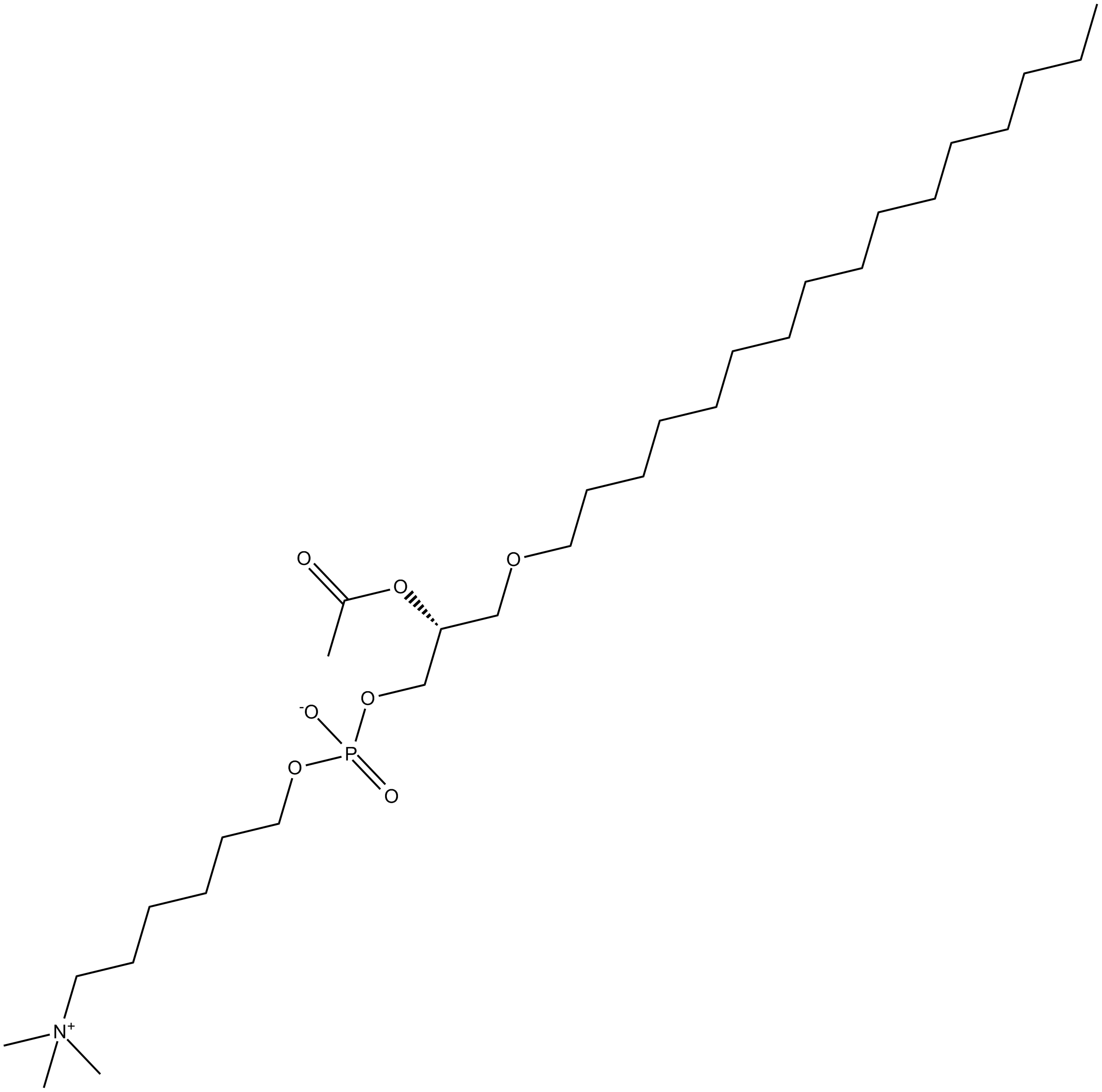 C5373 Hexanolamino PAF C-16Summary: a PAF analog with mixed agonist/antagonist properties
C5373 Hexanolamino PAF C-16Summary: a PAF analog with mixed agonist/antagonist properties -
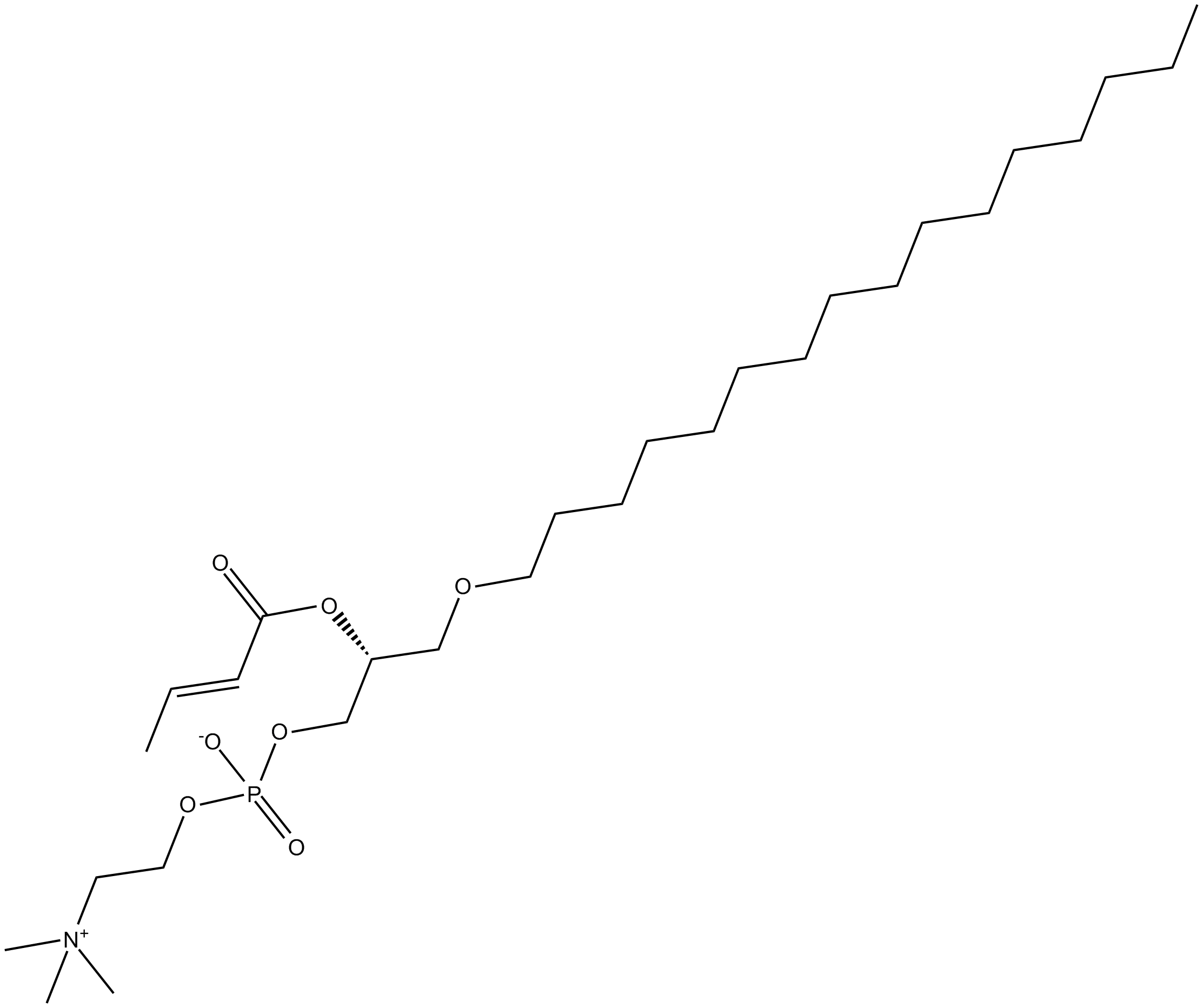 C5385 Butenoyl PAFSummary: PAF receptor agonist
C5385 Butenoyl PAFSummary: PAF receptor agonist -
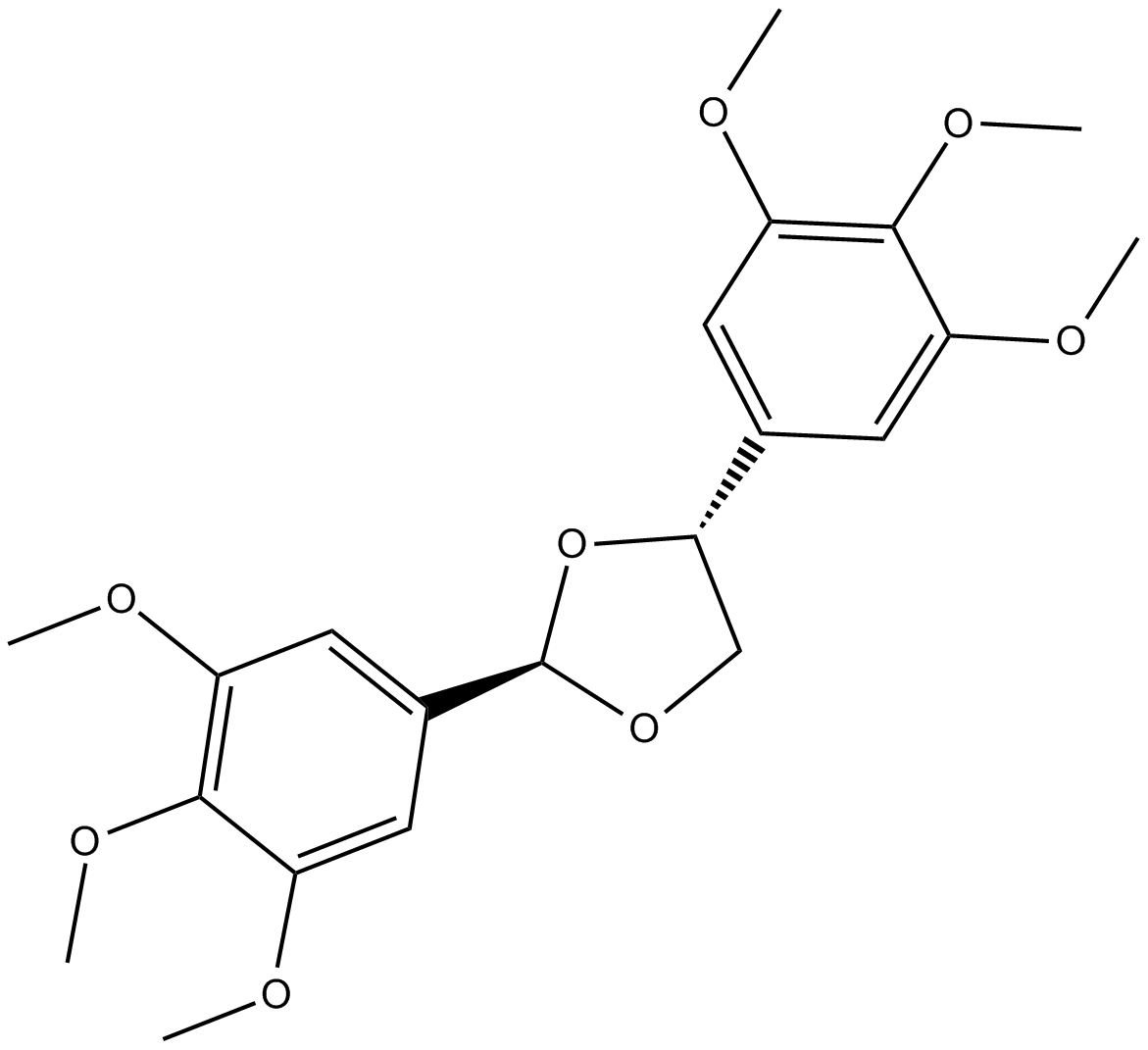 C5389 (±)trans-2,5-bis-(3,4,5-Trimethoxyphenyl)-1,3-dioxolaneSummary: PAF receptor antagonist
C5389 (±)trans-2,5-bis-(3,4,5-Trimethoxyphenyl)-1,3-dioxolaneSummary: PAF receptor antagonist -
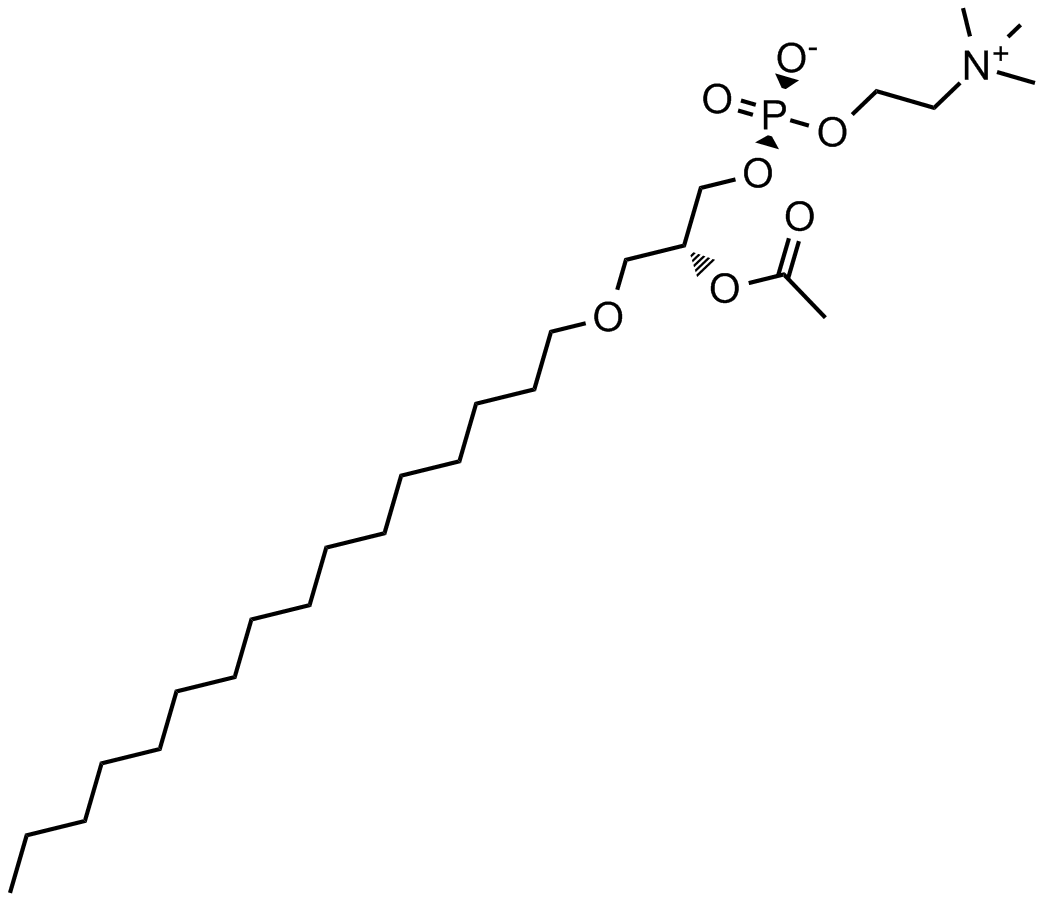 B7227 PAF (C16)Summary: ligand for PAF receptors
B7227 PAF (C16)Summary: ligand for PAF receptors -
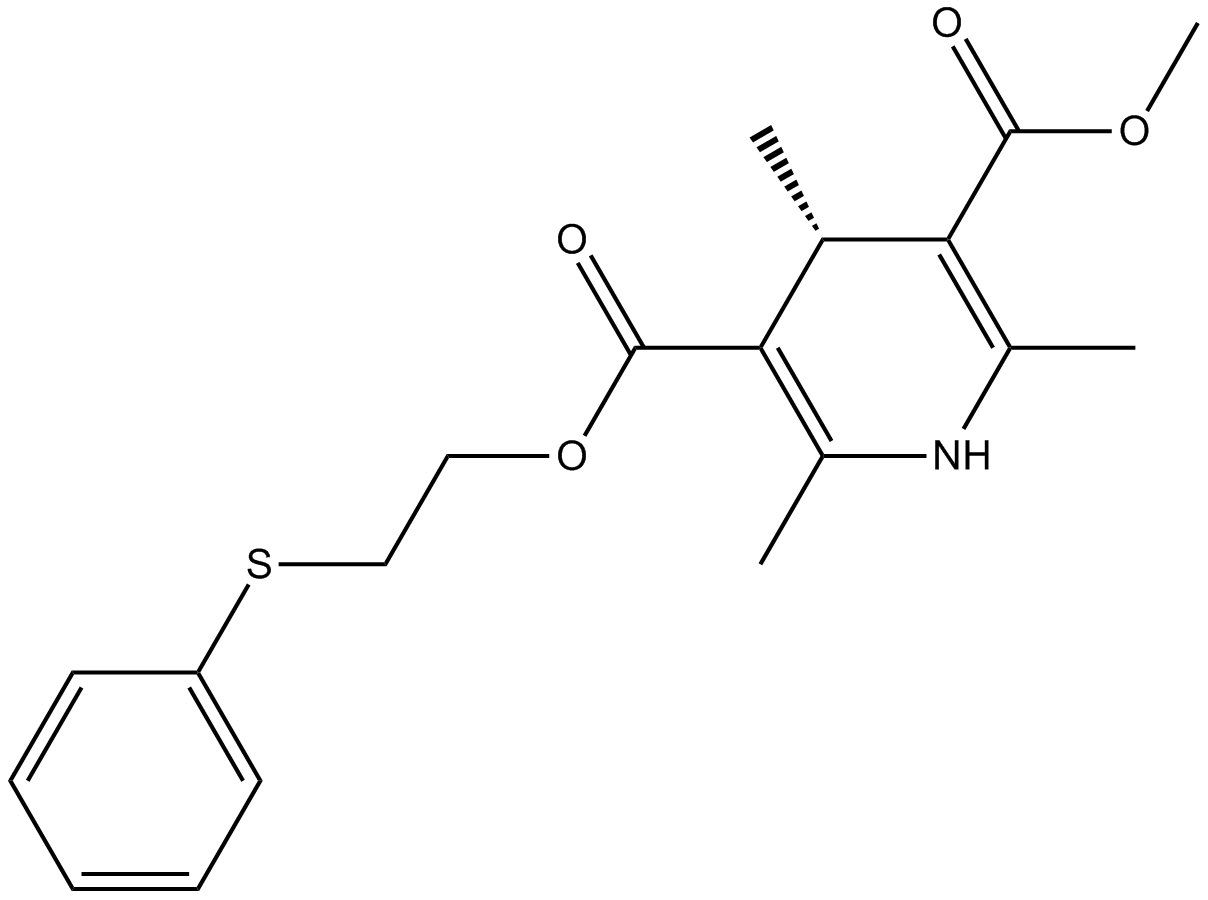 B6355 PCA 4248Summary: PAF antagonist
B6355 PCA 4248Summary: PAF antagonist -
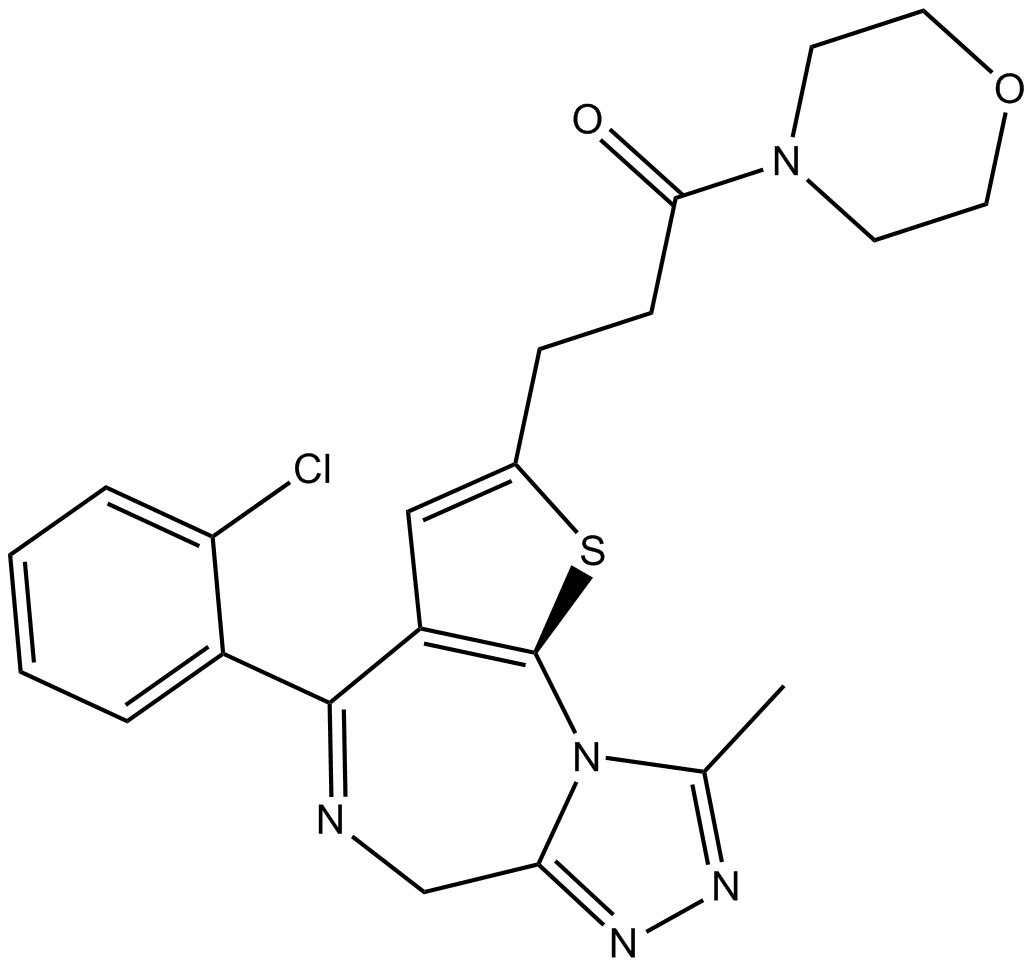 B7024 WEB 2086Summary: platelet-activating factor (PAF) receptor antagonist
B7024 WEB 2086Summary: platelet-activating factor (PAF) receptor antagonist

